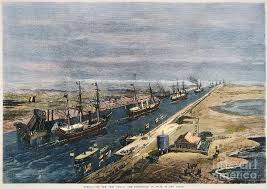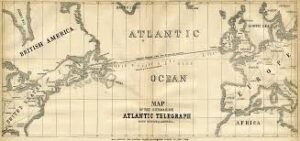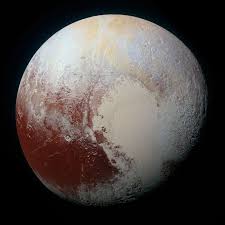Your basket is currently empty!
The Storming of the Bastille (1789)

The Storming of the Bastille on July 14, 1789, marked a pivotal moment in the French Revolution. This act of defiance against royal authority became a symbol of the uprising against the Bourbon monarchy. An angry mob of Parisian citizens, fueled by widespread discontent and a desire for arms, converged on the medieval fortress. The Bastille, though largely empty of political prisoners at the time, represented the oppressive nature of the Ancien Régime. Its fall signified the beginning of a radical shift in French politics and society. The event’s impact resonated across Europe, inspiring revolutionary movements and challenging established power structures. To this day, Bastille Day remains France’s national holiday, celebrated with parades and festivities. It serves as a powerful reminder of the people’s ability to overthrow tyranny.
First Published Edition of Frankenstein (1818)

On July 14, 1818, the first edition of Mary Shelley’s iconic novel, Frankenstein; or, The Modern Prometheus, was published anonymously in London. This gothic masterpiece, penned by Shelley when she was just 19, explored themes of creation, ambition, and the dangers of unchecked scientific progress. Though initially published without her name, the authorship was later revealed, solidifying her place in literary history. The novel quickly gained notoriety for its terrifying creature and philosophical depth. It has since become a cornerstone of science fiction and horror literature, influencing countless works across various mediums. Frankenstein continues to be a subject of academic study and popular culture, prompting readers to ponder the ethical implications of human intervention in nature. Its enduring legacy is a testament to Shelley’s imaginative genius and its timeless relevance.
Opening of the Suez Canal (1869)

While the official inauguration of the Suez Canal took place in November 1869, an initial opening and passage of ships occurred on July 14, 1869. This monumental engineering feat connected the Mediterranean Sea to the Red Sea, drastically shortening maritime routes between Europe and Asia. Ferdinand de Lesseps, a French diplomat, spearheaded the project, which took over a decade to complete. The canal eliminated the need for ships to navigate around the southern tip of Africa, significantly boosting global trade and imperial ambitions. Its strategic importance quickly made it a point of international contention and a symbol of colonial power. The waterway transformed global shipping and continues to be one of the world’s most vital maritime arteries. Its construction was a testament to human ingenuity and perseverance.
First Successful Transatlantic Telegraph Cable (1866)

Though initial attempts were made earlier, the first truly successful and lasting transatlantic telegraph cable was completed on July 14, 1866. This groundbreaking achievement revolutionized communication between Europe and North America. Cyrus West Field, an American businessman, was the driving force behind the arduous project, which involved laying thousands of miles of cable across the Atlantic seabed. Previous attempts had faced numerous technical challenges, including cable breaks and signal loss. The 1866 cable, laid by the steamship SS Great Eastern, finally established reliable and rapid telegraphic communication. This dramatically reduced the time it took to transmit news, financial information, and diplomatic messages. The success of the transatlantic cable was a monumental step in the history of telecommunications, shrinking the world and fostering greater global connectivity.
First Human to Orbit the Moon (1969)

On July 14, 1969, just days before the historic Moon landing, the Apollo 11 mission entered lunar orbit, making its crew the first humans to orbit the Moon. This critical maneuver was a precursor to Neil Armstrong and Buzz Aldrin’s lunar descent. The command module, Columbia, carried astronauts Neil Armstrong, Buzz Aldrin, and Michael Collins. Collins remained in orbit aboard Columbia while Armstrong and Aldrin descended in the lunar module, Eagle. The act of orbiting the Moon was a significant technical and navigational triumph in itself. It demonstrated the precision and capability of NASA’s space program. This crucial step paved the way for humanity’s first steps on another celestial body. The Apollo 11 mission remains one of the greatest achievements in human exploration.
Pluto Flyby by New Horizons (2015)

On July 14, 2015, NASA’s New Horizons spacecraft successfully completed its historic flyby of Pluto, providing humanity’s first close-up images and data of the dwarf planet. After a journey of more than nine years and three billion miles, the spacecraft zipped past Pluto at high speed. This mission revolutionized our understanding of Pluto and its moons, revealing a surprisingly complex and geologically active world. The images unveiled towering ice mountains, vast plains of nitrogen ice, and a hazy atmosphere. New Horizons also observed Pluto’s largest moon, Charon, and its four smaller moons. The flyby marked a significant milestone in planetary exploration, completing the initial reconnaissance of all classical planets and opening a new era of Kuiper Belt studies. It captivated the public and scientists alike, offering unprecedented insights into the outer reaches of our solar system.
Want to dive deeper into ancient warfare? Don’t miss our articles on Timeline Stories.
